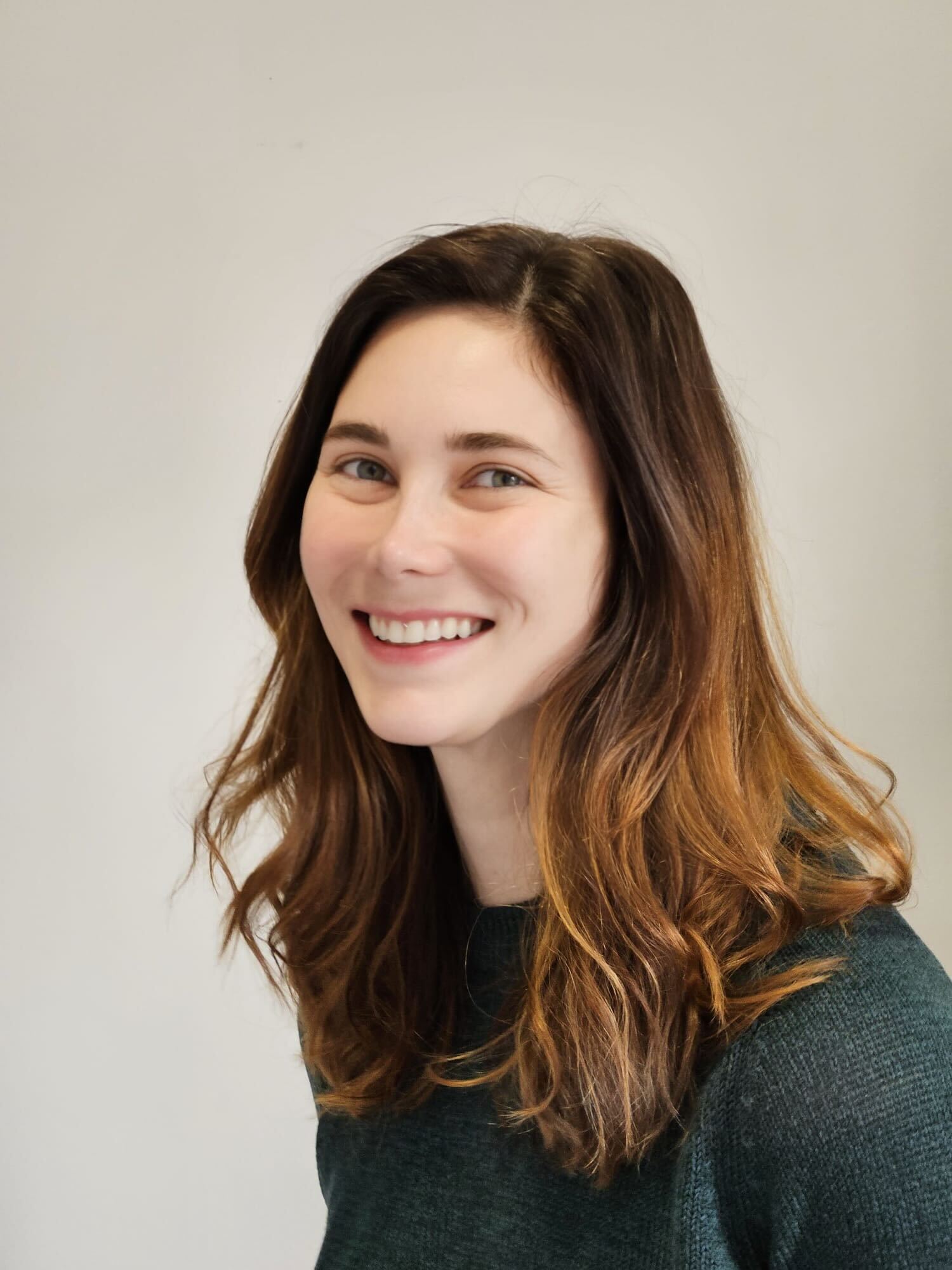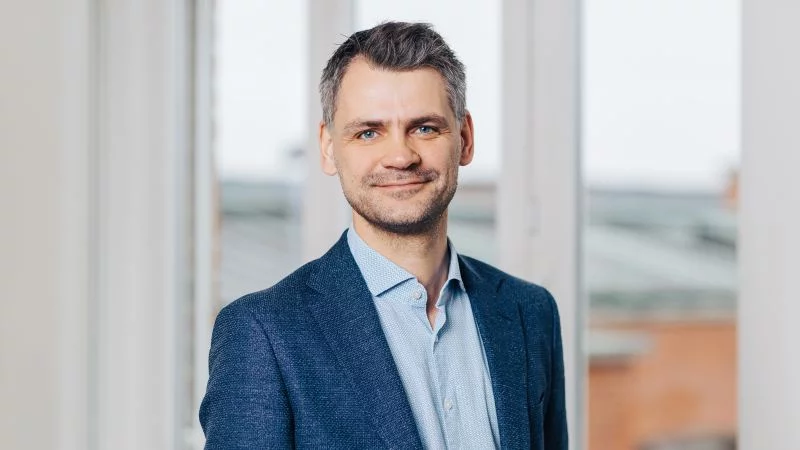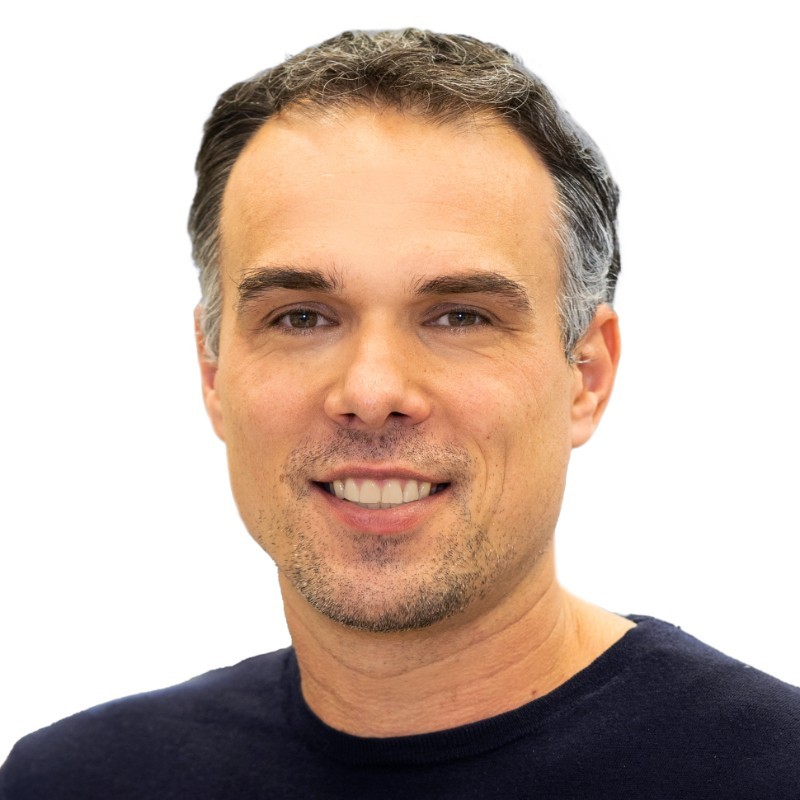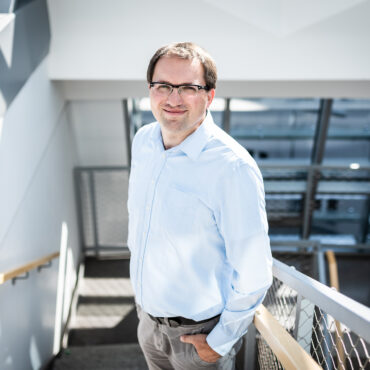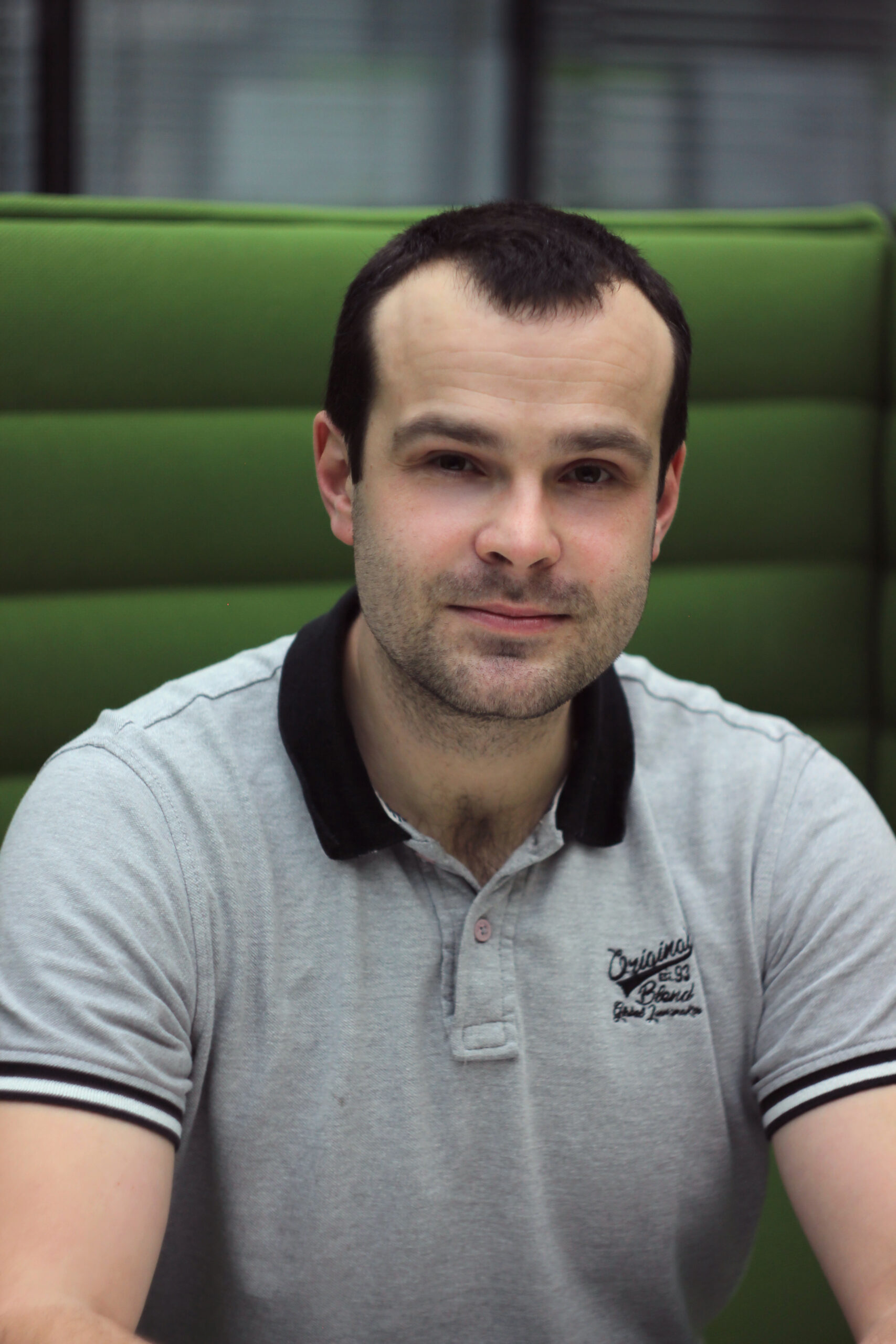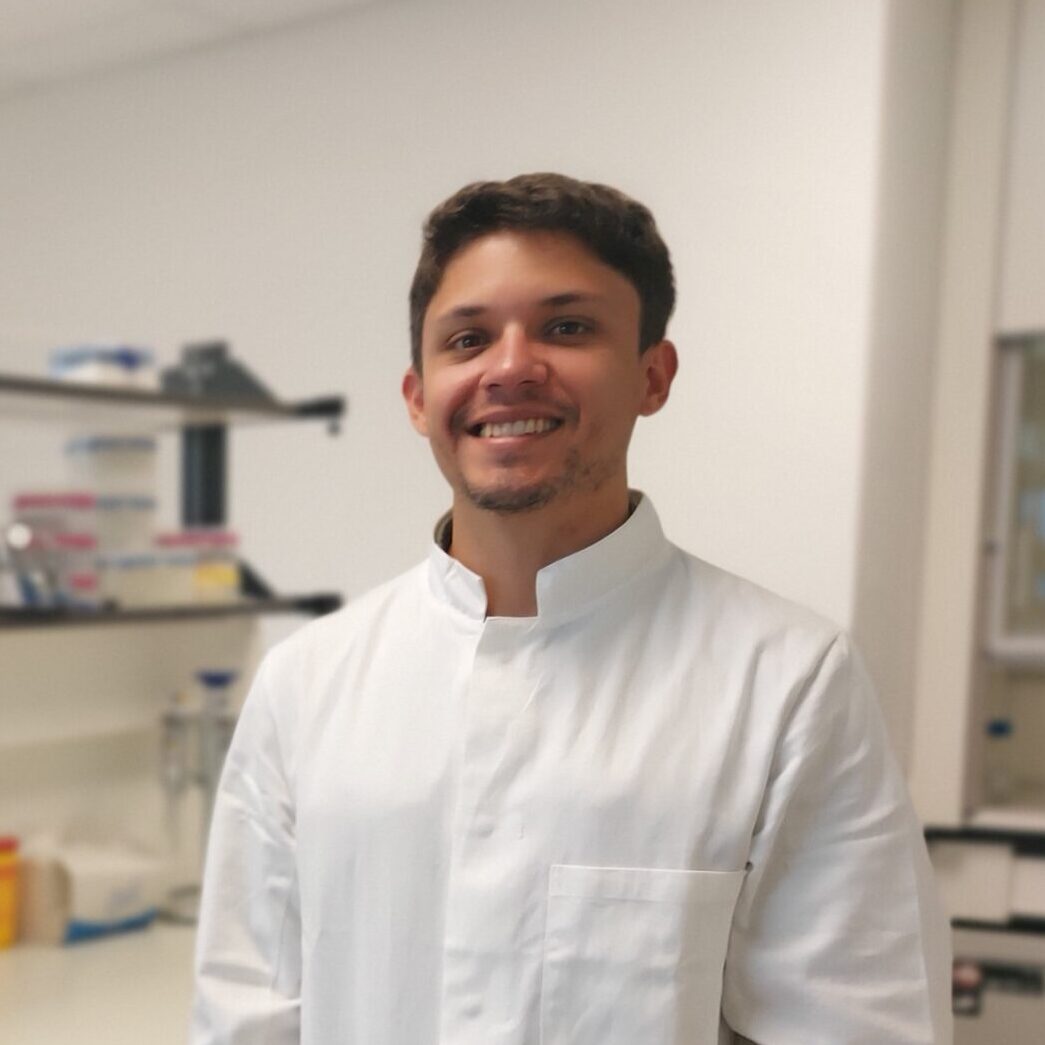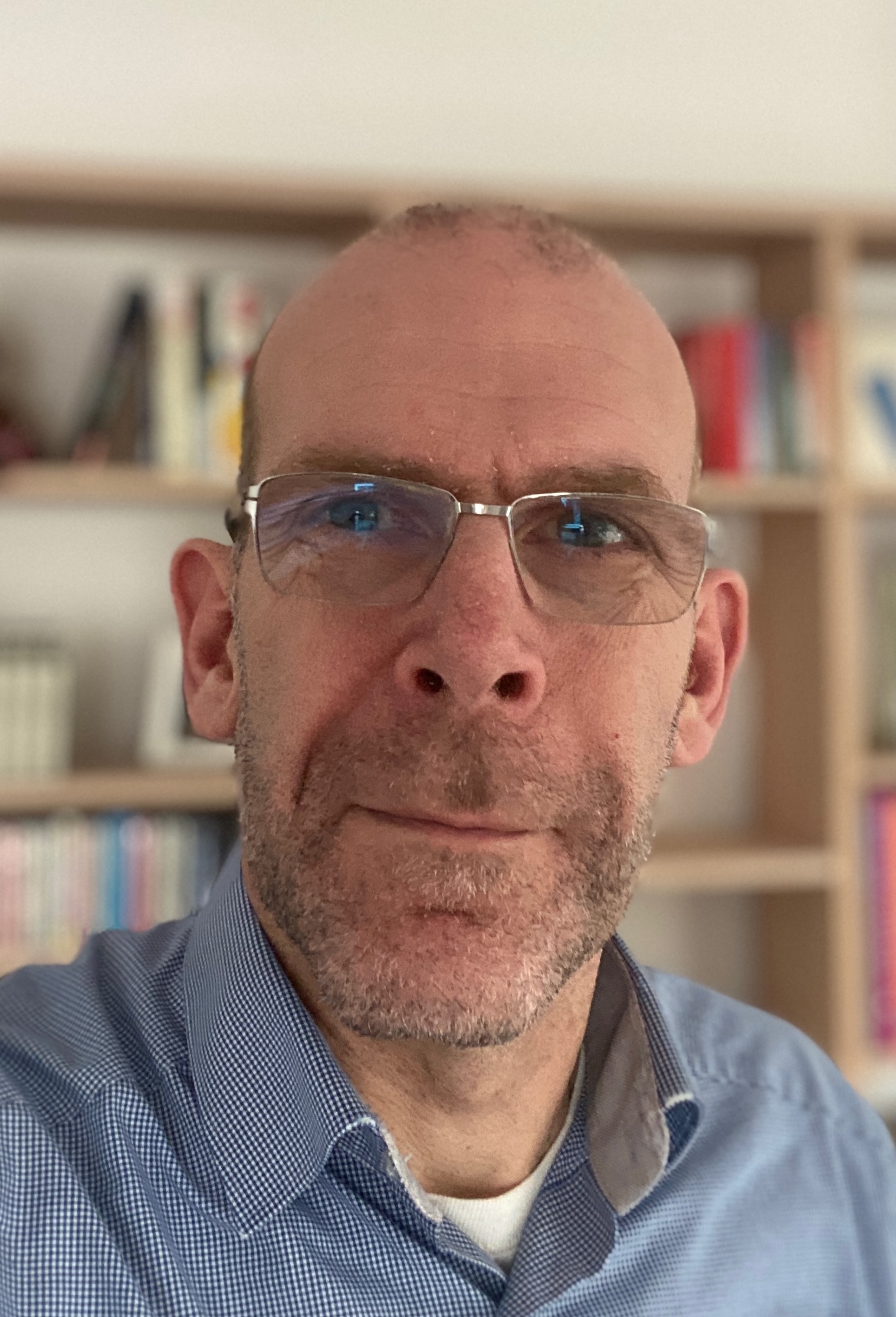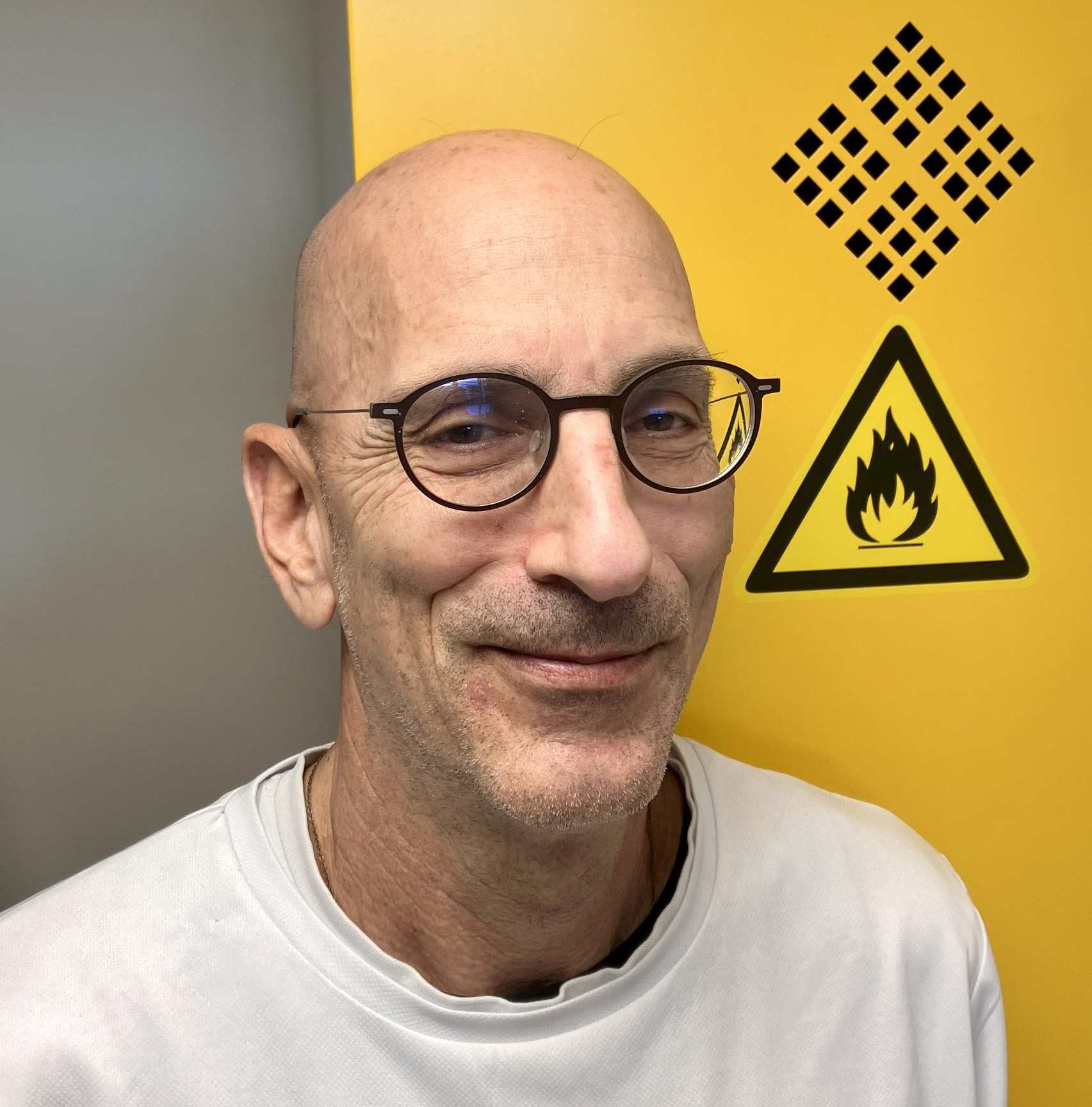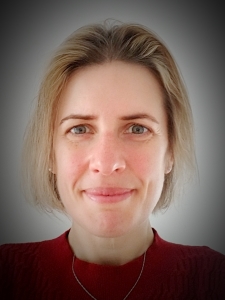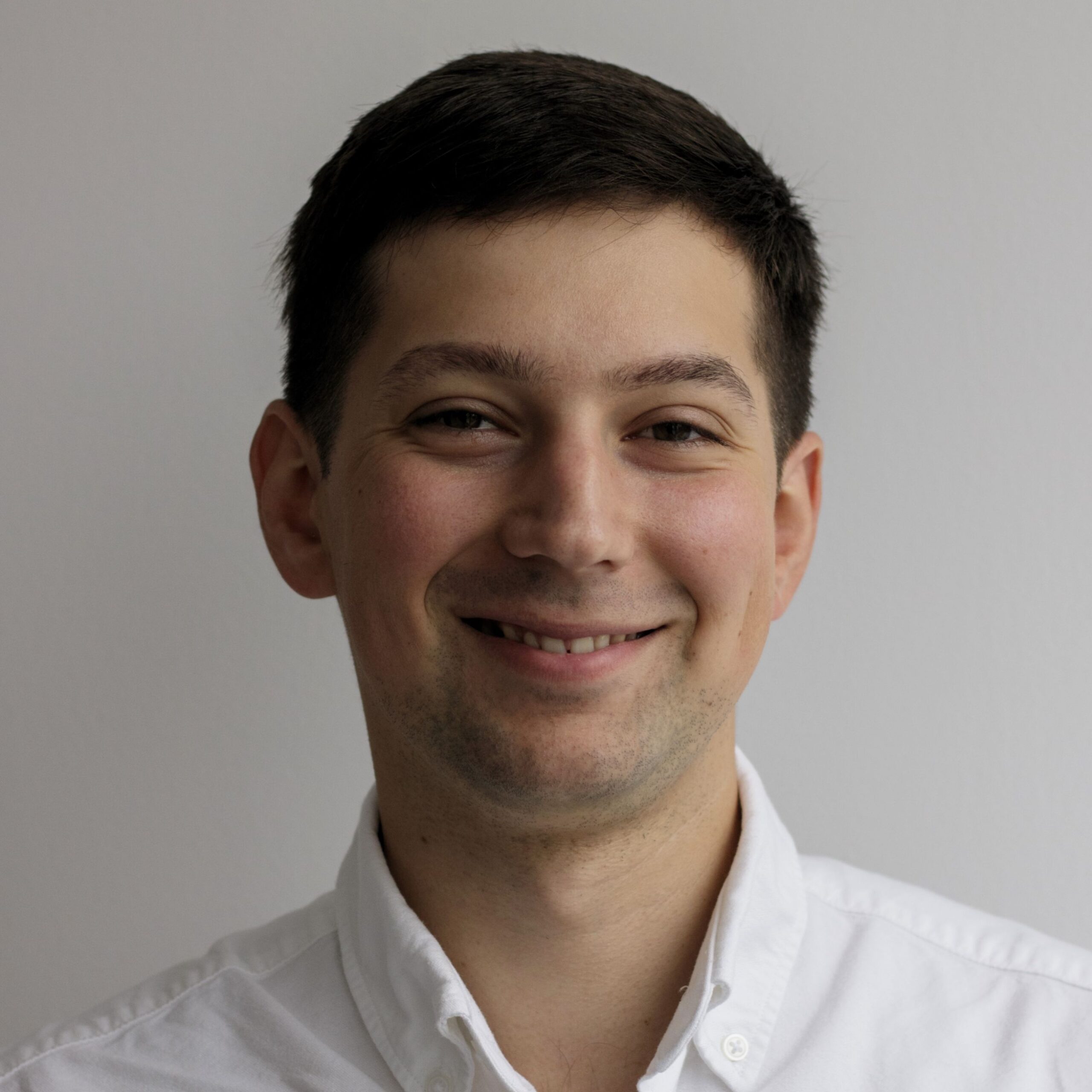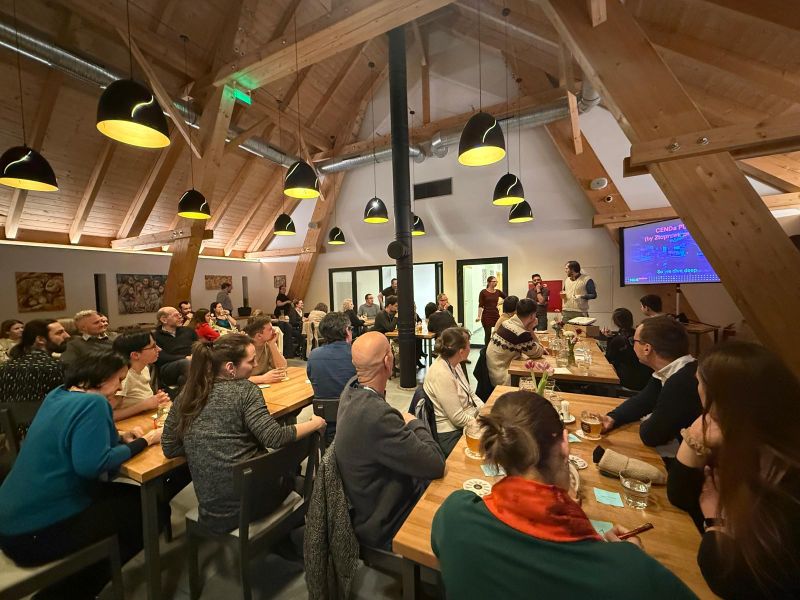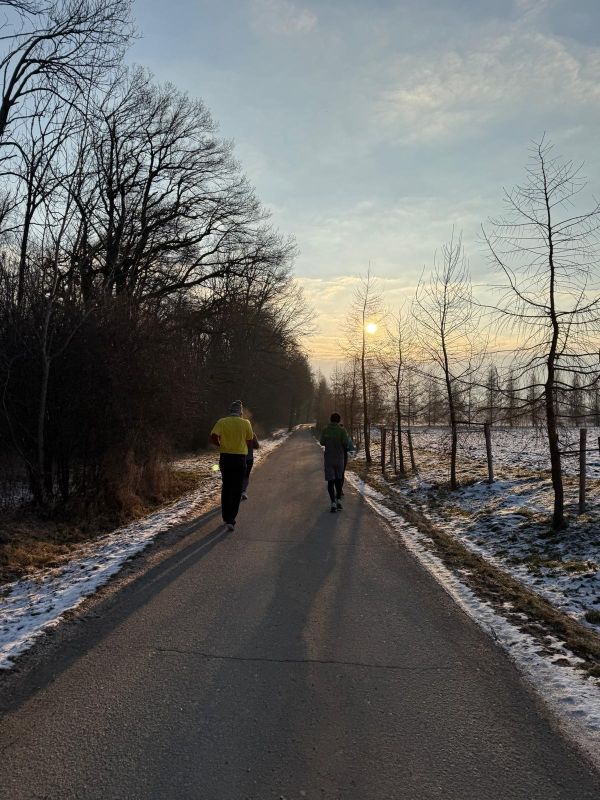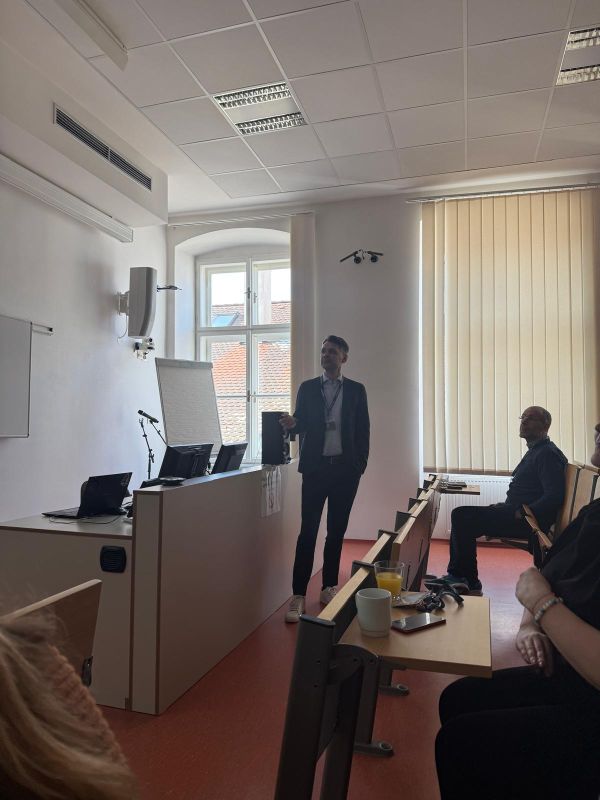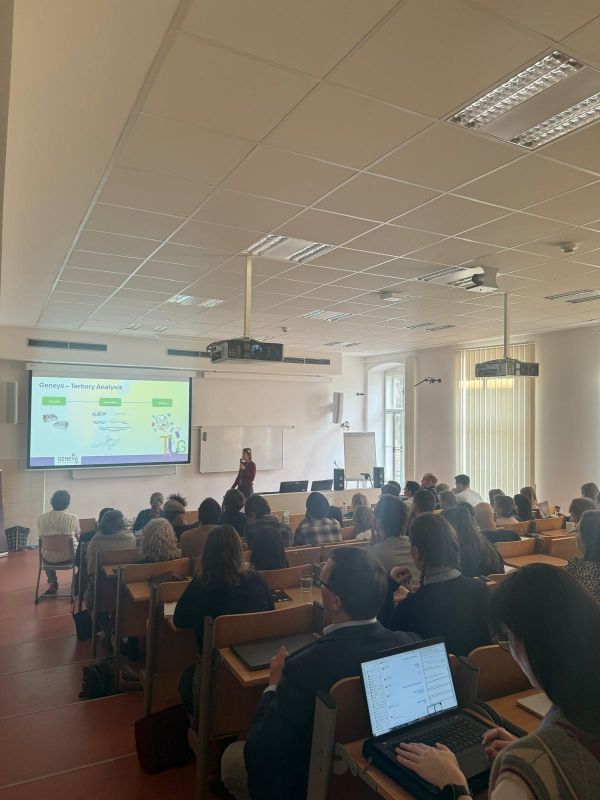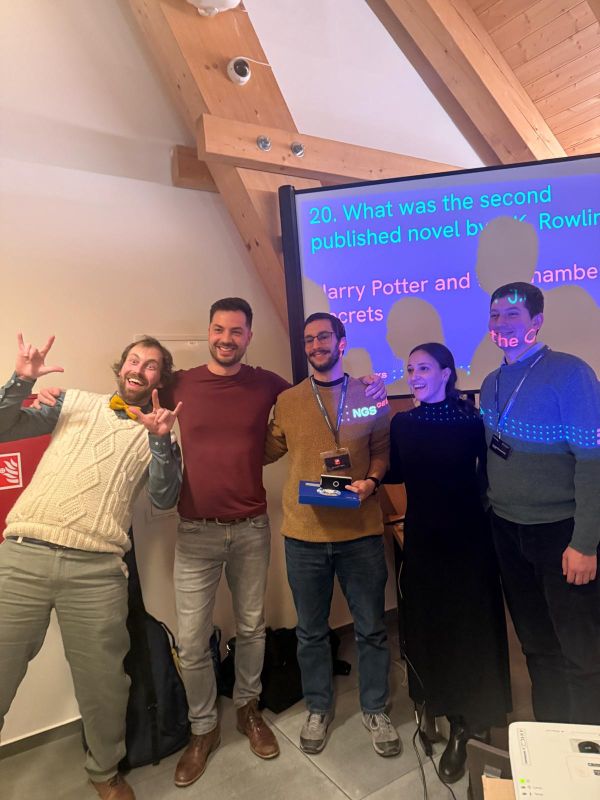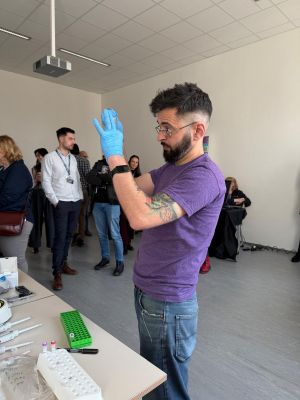![]()

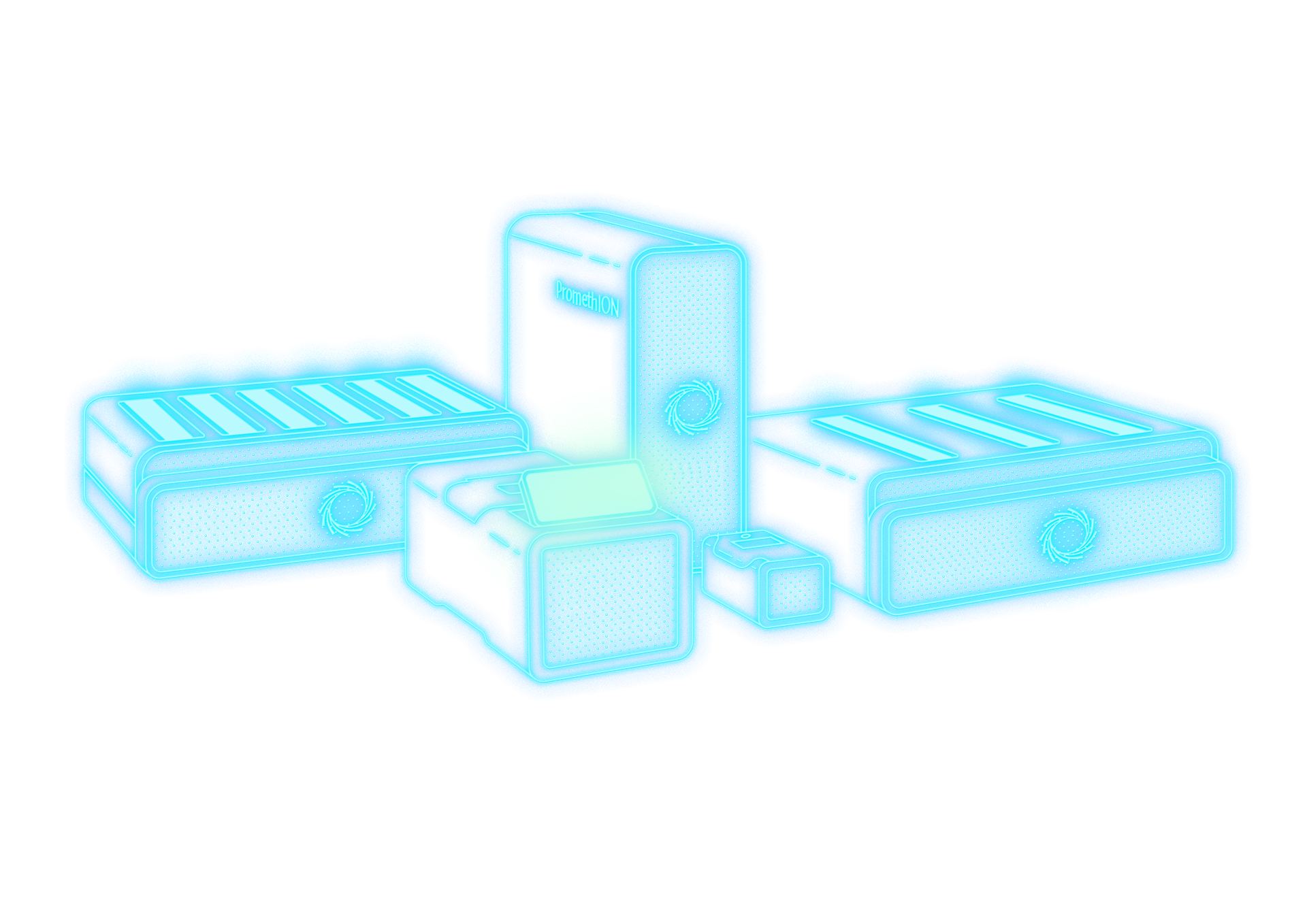
Stars of the Show
Join our Discord server to be first to hear about news!
Fasten your seatbelts, the ride to the future begins in
Days
Hours
Minutes
Central European Nanopore Days
9.-11.2.2026 / UNIVERSITY CENTRE TELČ
“The future will pass through nanopores – so come see the future”
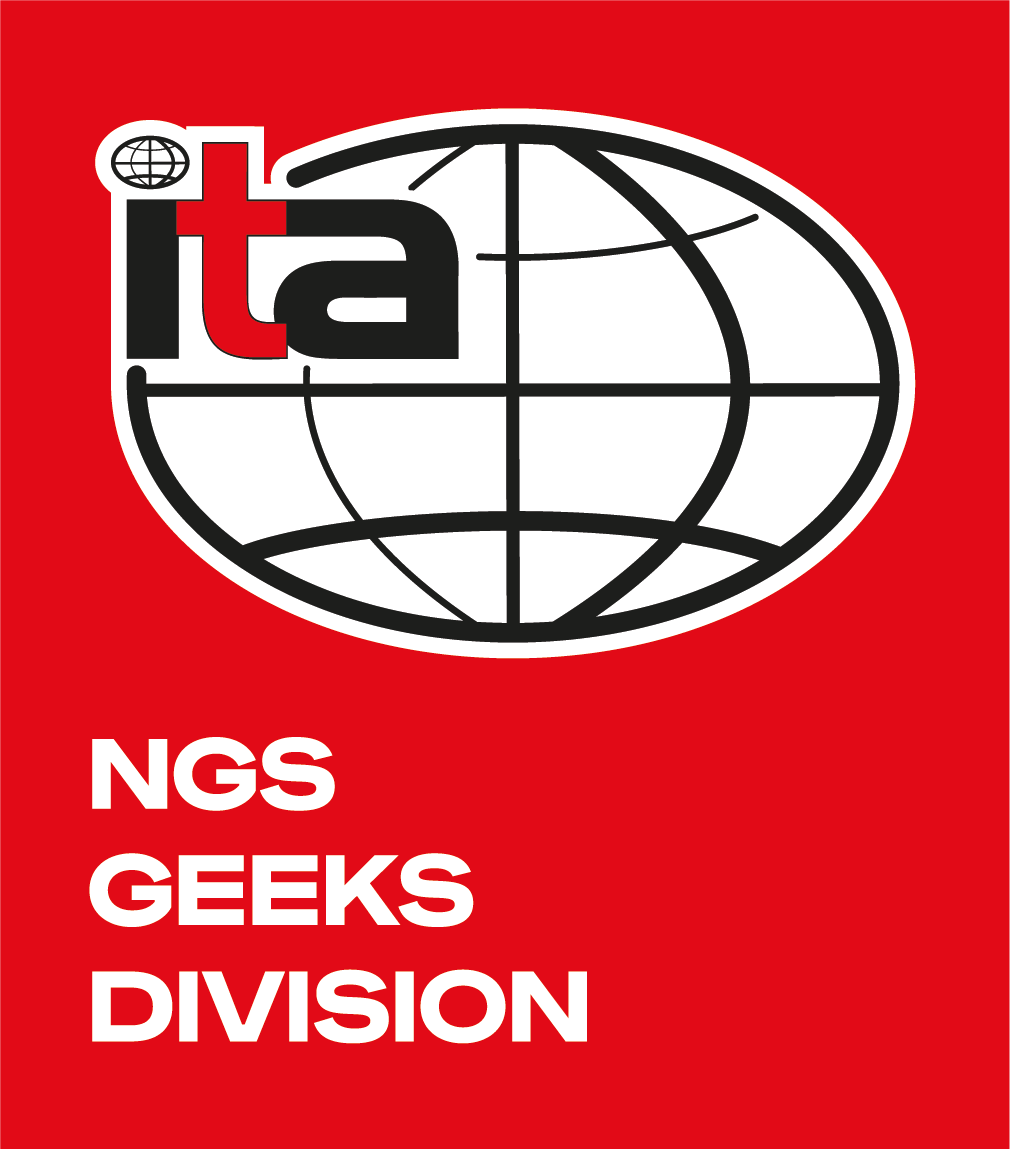
Come see the future with Nanopore sequencing!
Join us for the Central European Nanopore Days 2026, the pivotal kick-off, where the cutting-edge of technology meets biology. University Centre Telč, in the heart of Europe, welcomes both newcomers and seasoned scientists to explore the vast capabilities of nanopore sequencing. Engage in workshops, listen to expert talks, and participate in innovative poster sessions.
Nanopore sequencing is revolutionizing our understanding by revealing subtle biological nuances in the direct sequencing of DNA, RNA, and even proteins. Come and learn how you can use this tool in your research to achieve answers to your questions!
Whether you’re here to share your research, learn about the latest advancements, or network with pioneers, the Central European Nanopore Days is your gateway to the future for your research. Don’t miss the chance to see how missing details can change everything in our understanding of biology.
Quick Info
Keynote Speakers
Program
TBA 2026
News
Registration open now!
1.11.2025
Register now to be part of CENDa!
Engage in workshops, listen to expert talks, and participate in innovative poster sessions.
Venue
University Centre Telč
Located in the picturesque town of Telč, the university centre serves as both educational and cultural hub. The centre was established by Masaryk University in the former Jesuit College complex.
The carefully renovated historical compound constitutes an excellent environment for the implementation of higher education: the lecture rooms, office spaces, library, café and accommodation facilities are all filled with a unique atmosphere.
For advice on how to get to the Venue, do not hesitate to reach us. We are here to help!
Náměstí Zachariáše z Hradce 2
588 56 Telč, Czech Republic
How to get there
Accomodation
Please note that all participants are responsible for arranging their own accommodations. Should you need recommendations or require any assistance, please feel free to contact us.
We’re here to help!
You can order breakfast at Panský dvůr Telč.
See Our suggestions for contact info →
Our suggestions
Panský dvůr Telč
For conference attendees 20% off. Key word “Nanopore”. Booking by email.
Accomodation at the University Centre
Organizers
I.T.A.-Intertact
NGS Geeks Division
We are part of the I.T.A.-Interact family – supplier of laboratory instruments, reagents and laboratory plastics.
You probably know them already, but for the record: they excel in flow cytometry, have been on the market since 1996 and represent manufacturers such as SONY Biotechnology, Zybio and Thermo Fisher.
Contacts

CEITEC
Core Facility Genomics
Core Facility Genomics (CFG) provides genomic analysis services and access to cutting-edge genomic instrumentation. Our main technologies include massively parallel sequencing using Illumina and nanopore sequencing, and high-throughput and digital PCR. We also have access to additional instrumentation, including cell sorters, flow cytometers, and Laser Capture Microdissection, through our partnership with CEITEC Center of Molecular Medicine. We can also serve as a technological platform for the organization of workshops of various sizes, collaborating with various suppliers and application specialists.

Partners
Oxford Nanopore Technologies
Oxford Nanopore Technologies’ goal isto bring the widest benefits to societythrough enabling the analysis of anything, by anyone, anywhere.
The innovative nanopore-based sensingtechnology provides real-time, accurate, accessible, and scalable analysis of DNA and RNA. Used in more than 125 countries, it aids in understanding human, plant, animal, bacterial, viral, and environmentalbiology, as well as a range of diseasesincluding cancer, and has significant potential impacts in healthcare, food, and agriculture.
Oxford Nanopore Technologies products are not intended for use for health assessment or to diagnose, treat, mitigate, cure, or prevent any disease or condition.
Vazyme
Vazyme is a global technology and service provider dedicated to the design, manufacture, and application of bioactive proteins in life science, in vitro diagnostics, bio-medicine, and others. Producing all core materials in-house and adhering to GMP quality control standards, Vazyme endeavor to maintain a stable and sufficient supply of top-quality products for global customers.


